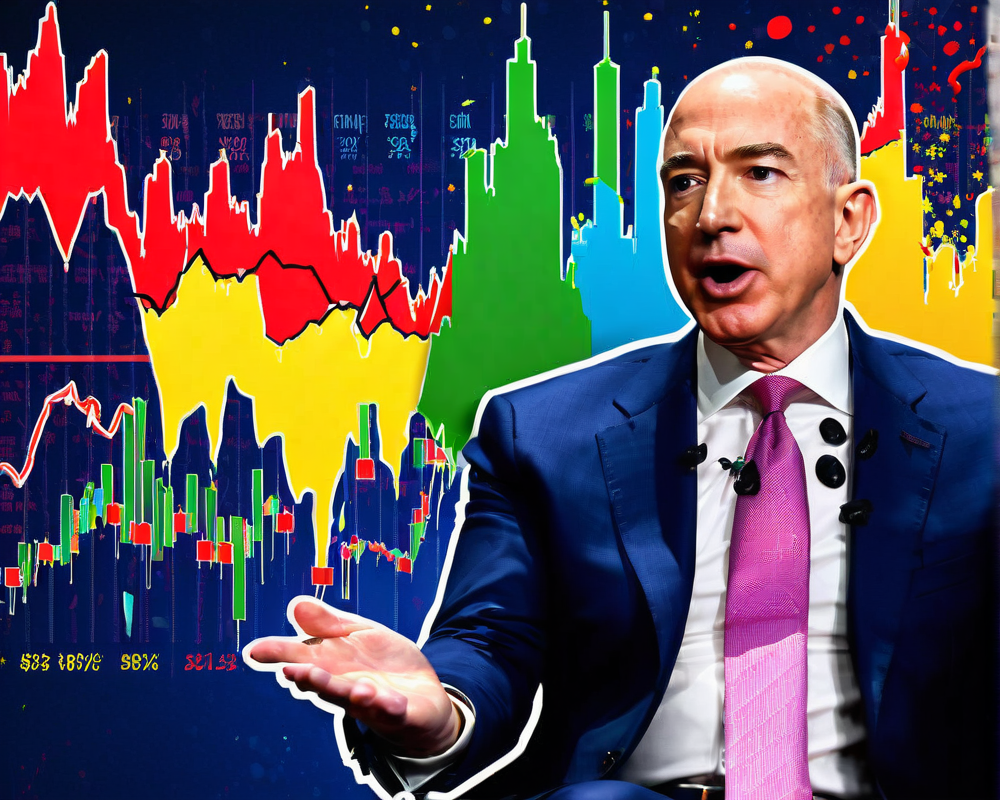Understanding AI Bias: The Good, The Bad, and The Ugly
Artificial Intelligence (AI) is like your overly ambitious friend who promises to change the world but usually ends up causing more chaos. One of the biggest boneheads in the AI world is data bias. This means that if the data has problems, you’ve just helped build a robot that will potentially skateboard over the sensitive topics in society, instead of gracefully gliding past them. Data bias occurs when systemic errors creep into datasets, which is as delightful as an unexpected pothole in the middle of a smooth drive.
Data Integrity: The Unsung Hero
Keeping data clean is like washing your hands after a messy meal—vital for good results! For AI models, the input data’s quality can significantly affect output. Influential datasets, often skewed towards certain cultural perspectives, can distort reality. Take AI-generated images that reflect a homogenized version of smiles across different cultures. You end up with a bunch of historical warriors looking like they just heard the best joke from a late-night comedy special.
Causes of Bias: The Usual Suspects
AI biases don’t just show up uninvited; they have friends. Here are some common culprits contributing to these biases:
- Flawed Collection Processes: When data collection is not representative, some groups throw themselves a bias party. This can lead to misrepresentation, as if we took a poll about flavors and only surveyed people in a vanilla factory.
- Historical Context: Old biases don’t die; they just get a facelift. Datasets reflecting outdated gender or racial norms can perpetuate harmful stereotypes.
- Human Labels: Let’s face it, we’re all human. Sometimes, unconscious biases sneak through like a wedge of cheese in a vegan buffet. Data labeling can be subjective, skewed by the labeler’s perspectives.
Blockchain to the Rescue?
Now, what if I told you blockchain might save the day? Sort of. By ensuring data provenance and transparency, blockchain tech can point out biases like that friend who constantly corrects your grammar. But remember, just because blockchain shines a light doesn’t mean it eliminates the shadows entirely. It can help in tracking data sources and enforcing better sharing practices while avoiding the biases of a single source.
The Road Ahead: Toward a More Neutral AI
Ben Goertzel’s perspective is refreshing. He sees blockchain and AI as partners, working together, albeit without rosy-colored glasses. Complete objectivity may be off the table, but transparency is crucial. Dan Peterson echoes this by explaining that while we strive for unbiased outcomes, we must accept that the line for neutrality is as subjective as picking a favorite ice cream flavor.
As we journey into an AI-driven future, challenges remain, including scaling concerns and integrating blockchain solutions into existing infrastructures. It’s like trying to fit a square peg into a round hole while blindfolded! But remember, the blockchain holds great promise, and has the potential to foster fair and equitable AI systems, making the tech world just a bit brighter—and less biased—one block at a time.




